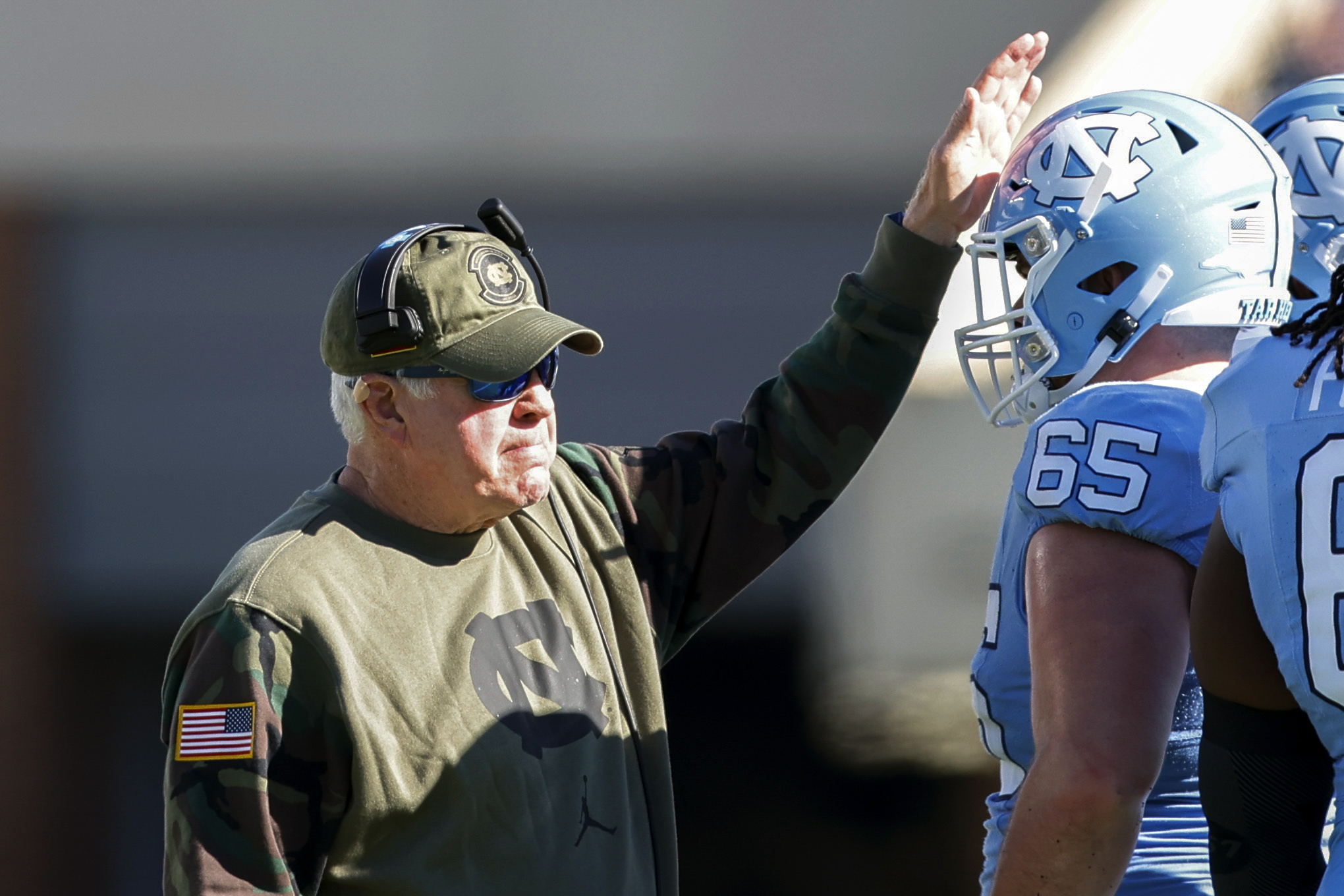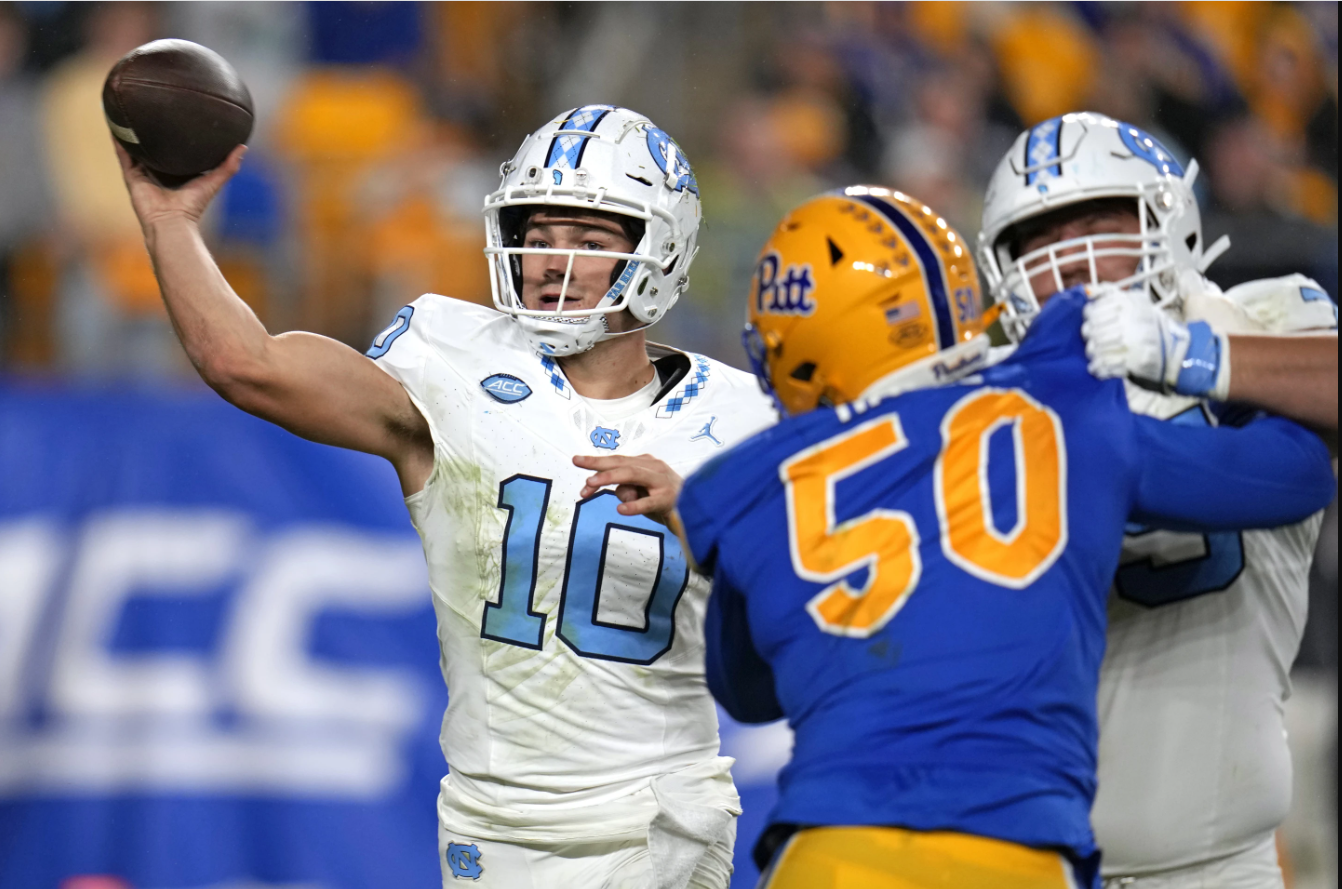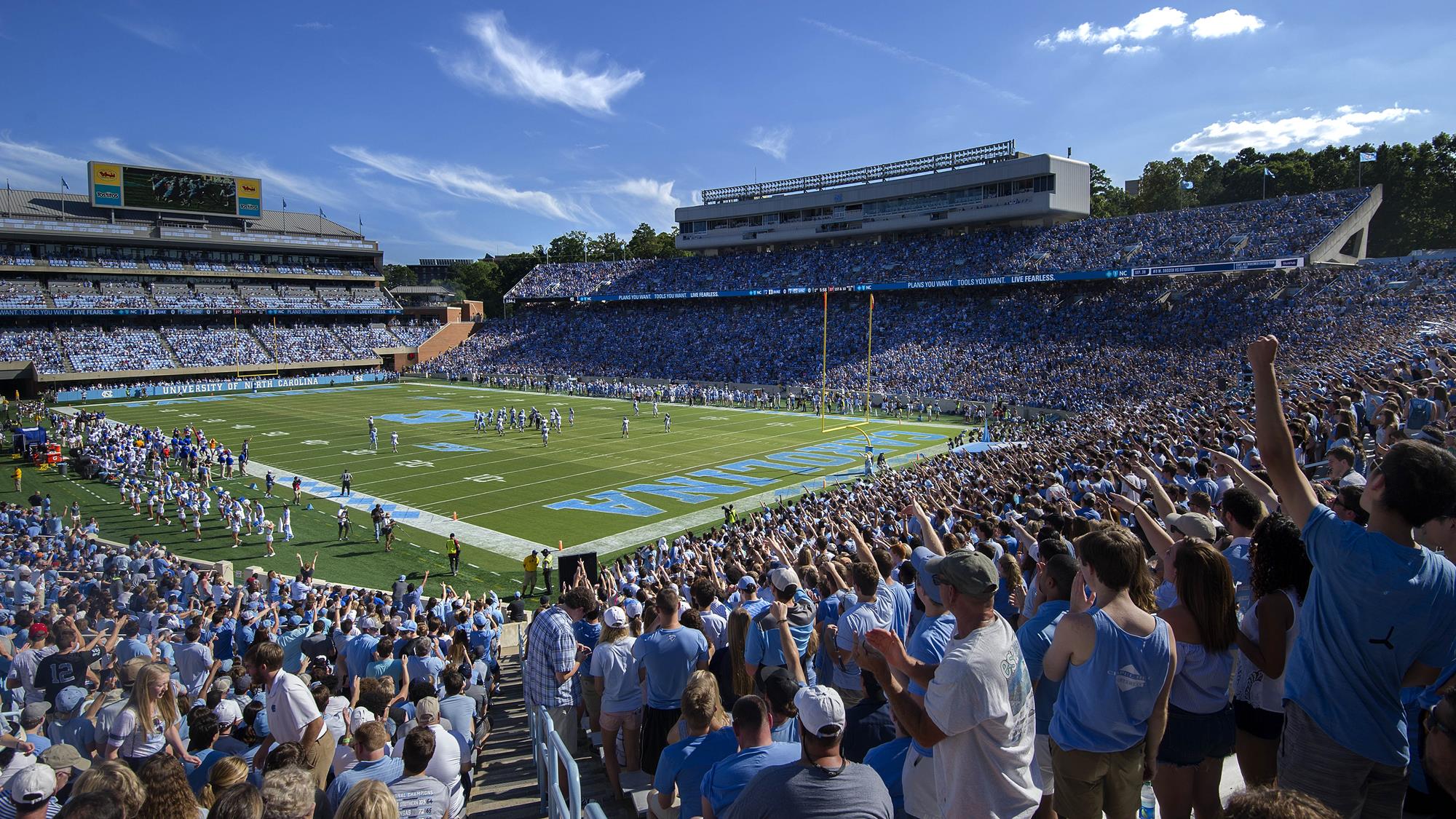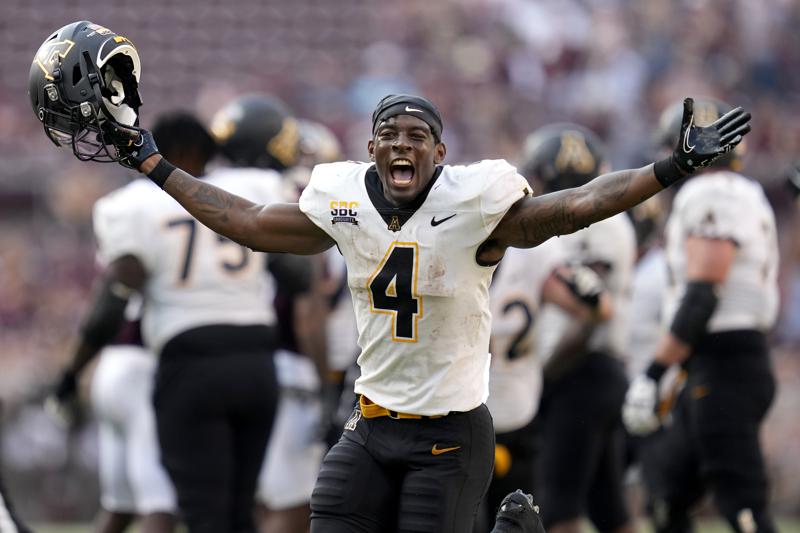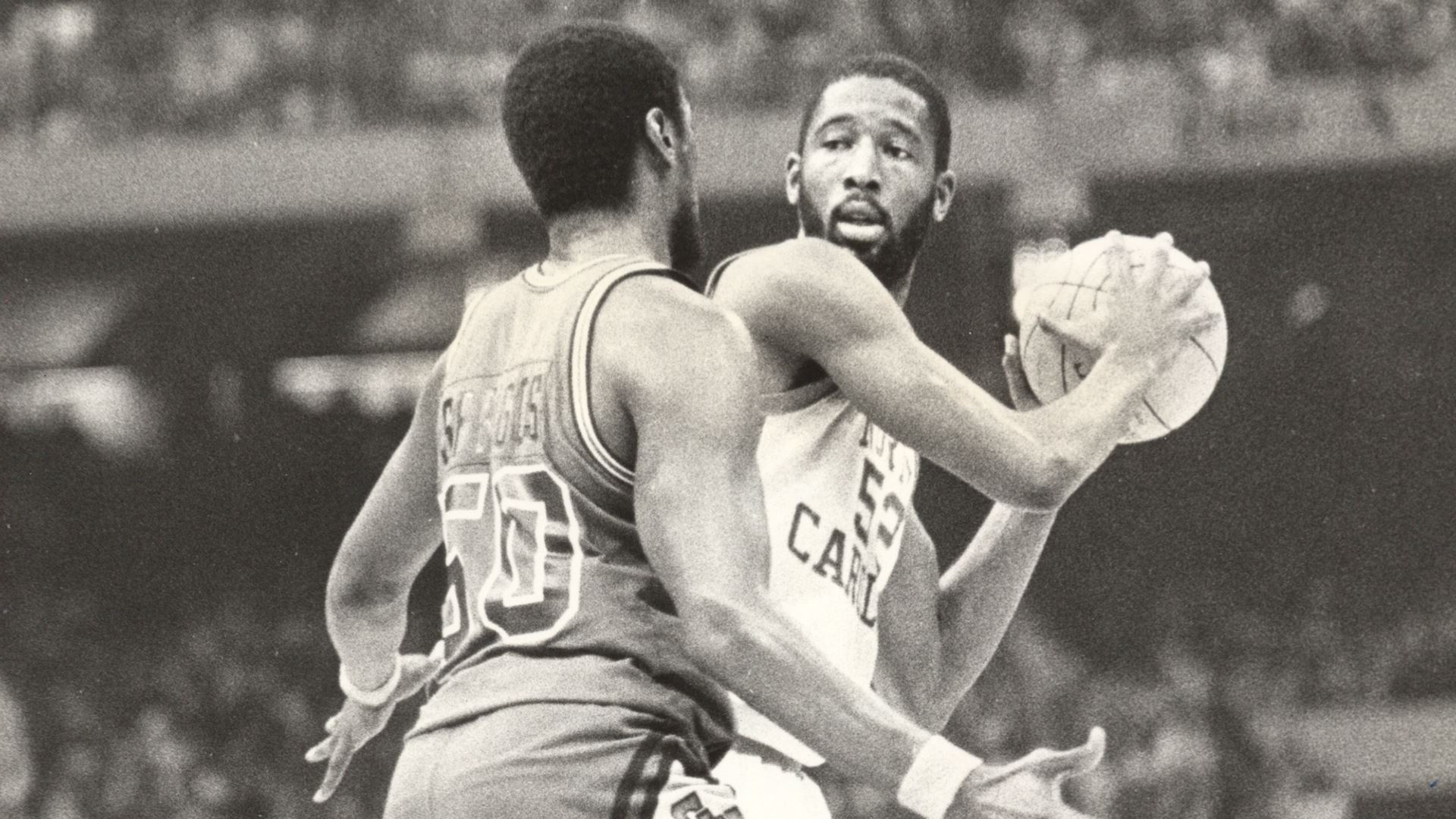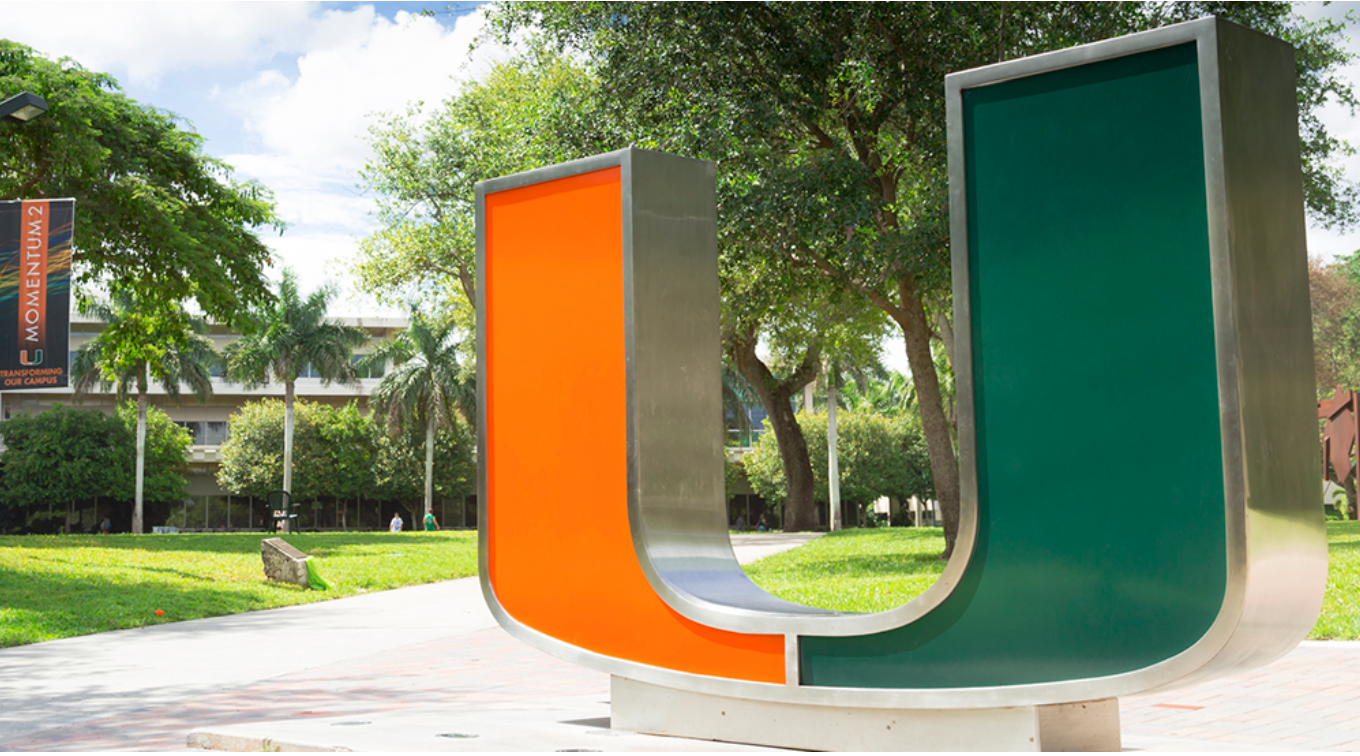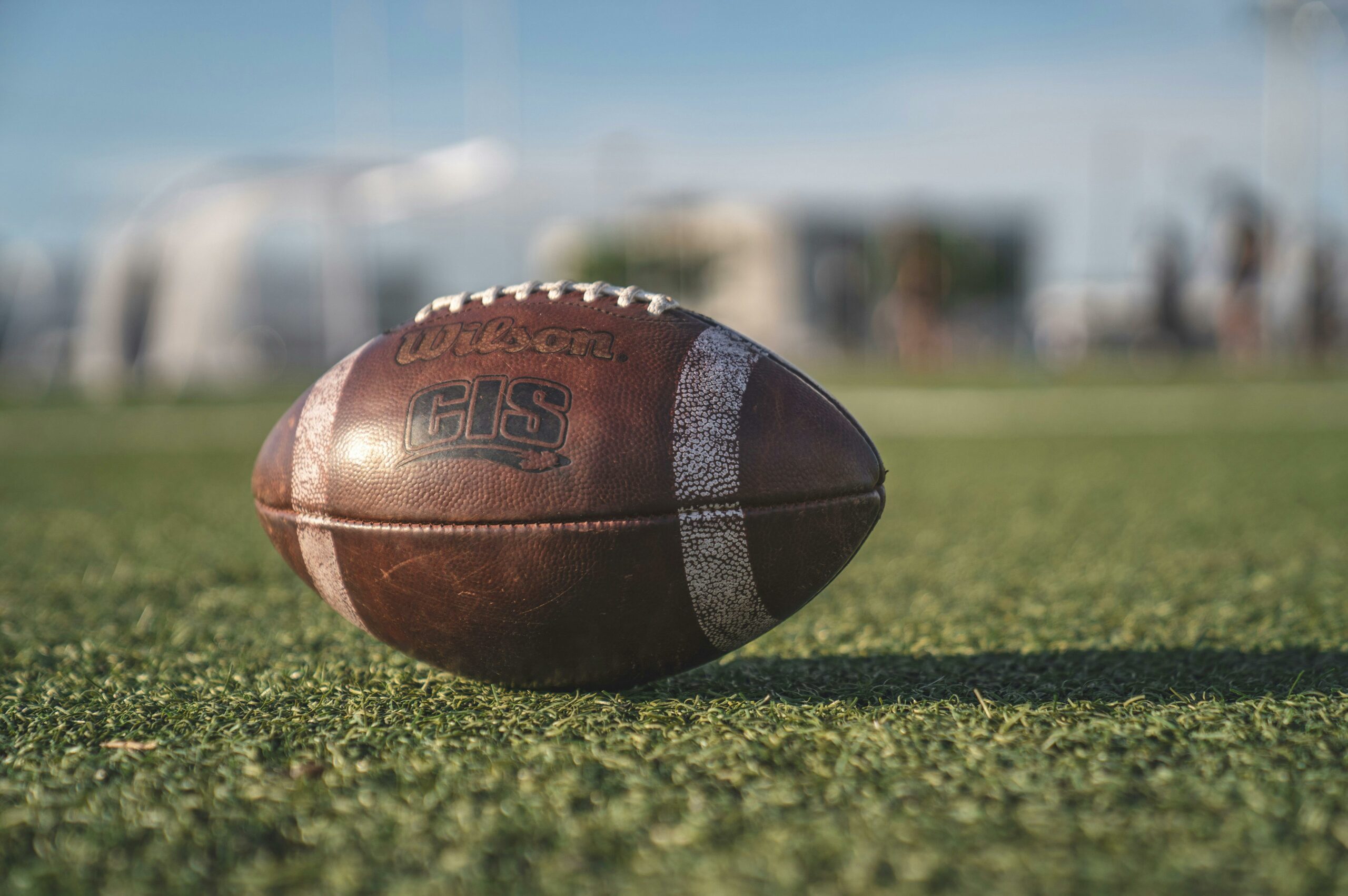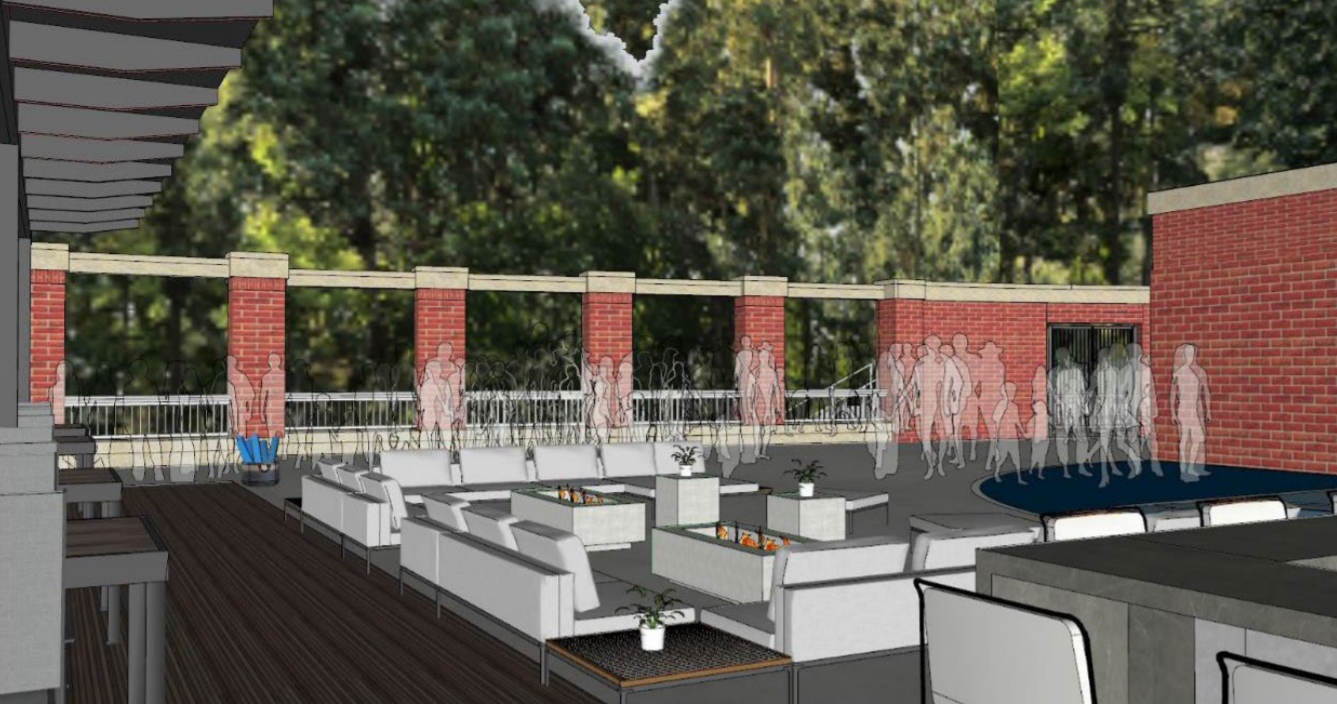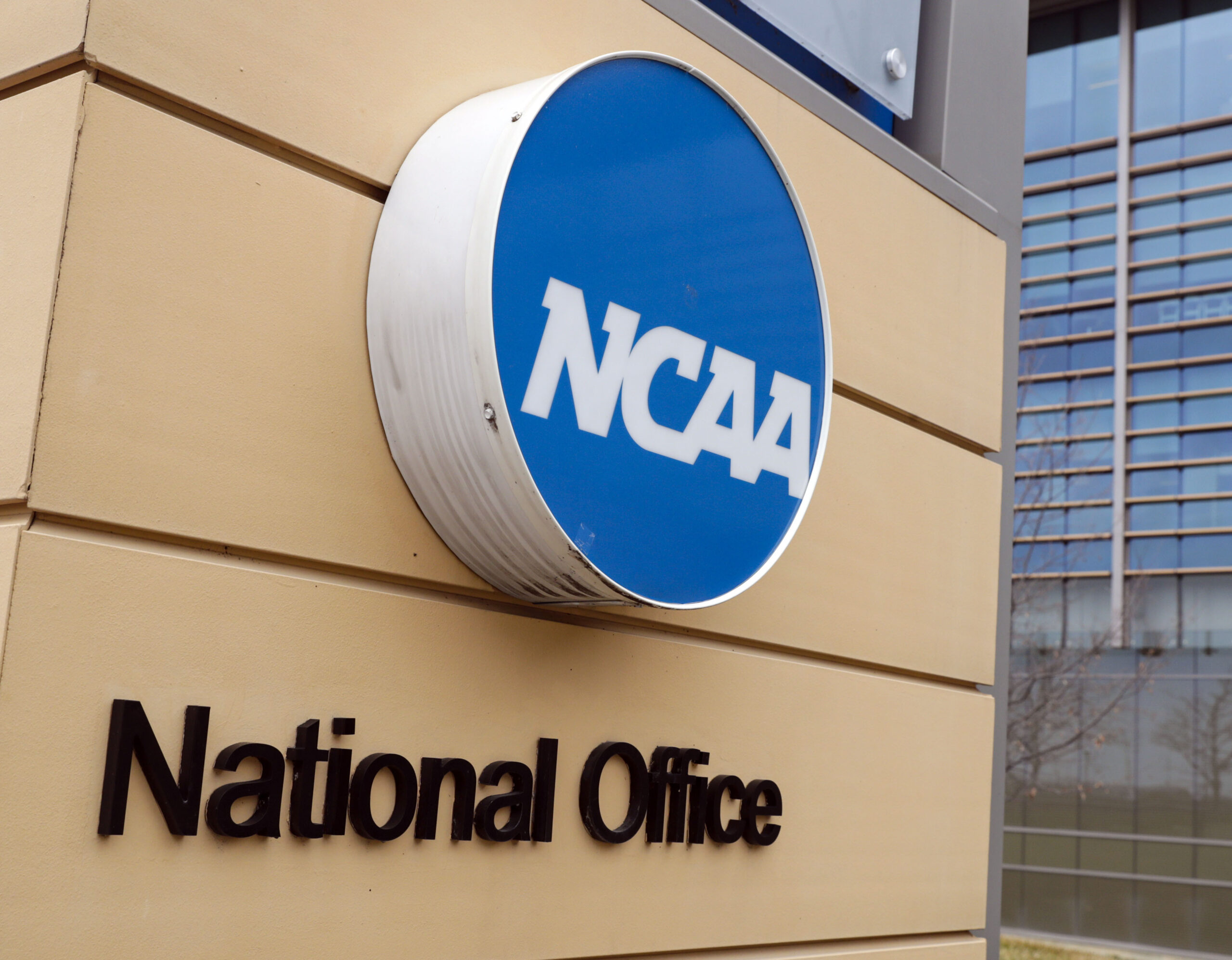
Art Chansky’s Sports Notebook is presented by The Casual Pint. YOUR place for delicious pub food paired with local beer. Choose among 35 rotating taps and 200+ beers in the cooler.
Remember the good old days – in 2021?
You know, when the California legislature voted to allow college athletes in the state to profit from their names, images and likenesses.
And the NCAA, which was backed into its biggest corner since organizing in 1906, decided it did not want to be faced with declaring hundreds of athletes ineligible and placing dozens of schools on probation.
No, thanks, said the NCAA. “Why don’t you figure out how you want to do NIL and let us know and maybe we’ll oversee what you’re doing?’’ (or something like that.)
And except for some general guidelines that many of the schools ignored from Day One, it turned into the first Wild West attack on the long-restrictive NCAA rules.
Meanwhile, NIL became the most famous acronym since Triple-A. Schools interpreted what their state legislatures, their college conferences and/or their athletic directors would define as the new rules. Or keep doing what you’re doing, since everything you do is now legal.
In retrospect, that was easy compared to what the NCAA and the Power 5 conferences have wrought by reaching a settlement on four antitrust lawsuits valued at $2.8 billion, which will come from NCAA reserve coffers and the schools to pay current and alumni athletes directly $21 million per school annually over 10 years, in part to compensate not being paid for use of their NIL on national TV games.
Those bargain basement prices were announced by the NCAA and P5s late last week. Besides some extremely general projections that had been done by financial advisors, the cost to the NCAA/schools of all existing and future lawsuits would be closer to $4 billion and might bankrupt the college sports we have known for decades.
The only monetary prediction anyone can offer right now is the $900 million in legal fees for all the lawyers, who guaranteed will be multiplying like chickens from here.
How much NIL money athletes may be paid by their schools will not be sorted out for at least a year and will bring more barristers into the equation. Most questions asked these days prompt the response: “We’ll have to see.”
For example, how will paying the athletes work? How will collective bargaining and revenue-sharing work? How about the future of Title IX? Women’s and all Olympic sports? Is it fair that athletes before 2016 not get paid and won’t that prompt more suits (and lawyers filing them)? Will athletes unions (like at Dartmouth) be recognized?
Plus, the plaintiff athletes can “opt out” if they think they can make more money by suing someone on their own.
The answers to those and dozens of other questions will not be definitive for years, during which the bigger and richer schools will earn more victories and money.
Because they will have to change the least and can spend the most, life for them will get even better while the era of “We’ll see” turns the West Wilder than it’s ever been.
Featured image via Associated Press/Michael Conroy
 Art Chansky is a veteran journalist who has written ten books, including best-sellers “Game Changers,” “Blue Bloods,” and “The Dean’s List.” He has contributed to WCHL for decades, having made his first appearance as a student in 1971. His “Sports Notebook” commentary airs daily on the 97.9 The Hill WCHL and his “Art’s Angle” opinion column runs weekly on Chapelboro.
Art Chansky is a veteran journalist who has written ten books, including best-sellers “Game Changers,” “Blue Bloods,” and “The Dean’s List.” He has contributed to WCHL for decades, having made his first appearance as a student in 1971. His “Sports Notebook” commentary airs daily on the 97.9 The Hill WCHL and his “Art’s Angle” opinion column runs weekly on Chapelboro.Chapelboro.com does not charge subscription fees, and you can directly support our efforts in local journalism here. Want more of what you see on Chapelboro? Let us bring free local news and community information to you by signing up for our newsletter.


